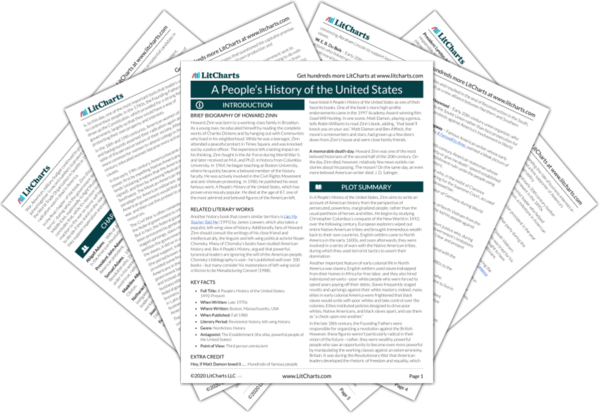In novels like
Native Son, the black novelist described the misery of the black community, and offered insights about how the white establishment pitted blacks against one another. Wright was briefly a member of the party, and many other African American intellectuals of the early 20th century, including , were Communists, too. After World War Two, “black and yellow people in Africa and Asia” cited Marxist principles in their freedom struggles.
